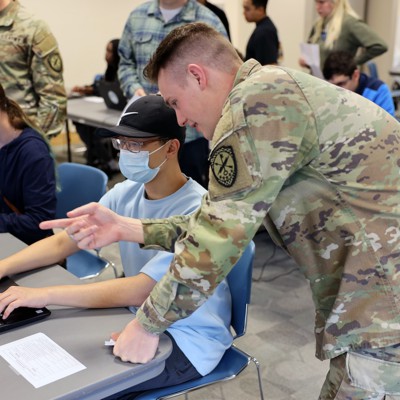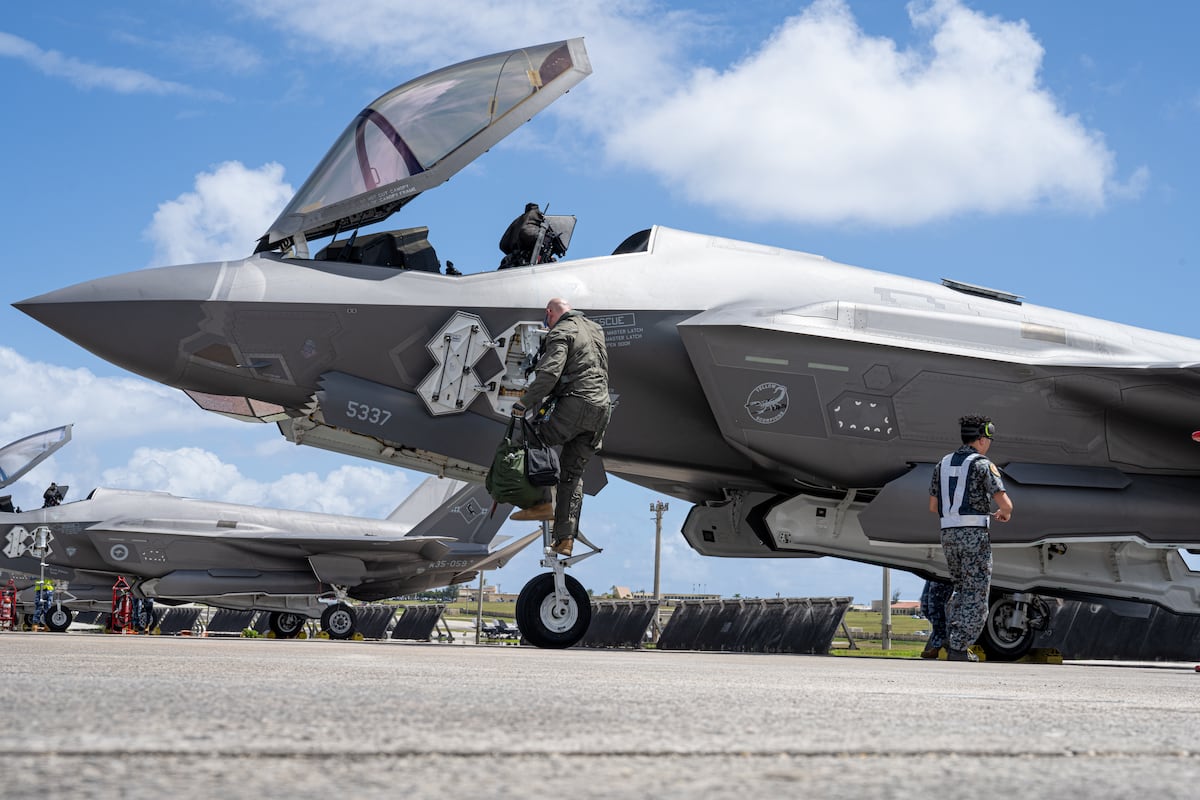Buried deep in the 2025 National Defense Authorization is a short provision suggesting that the Army might—maybe, if it feels like it—look into standardizing the way it procures open-source intelligence-collection software.
The provision says the Army secretary “may designate an existing program executive office within the Army to be responsible for the acquisition of open-source intelligence tools for the Army”—for example, software programs that scour the internet for publicly available news stories, social media posts, and other sources to get a picture of a security situation.
“The crux of the argument in favor of it is that for a majority of the force the systems for collecting, analyzing, and disseminating OSINT are woefully behind industry capabilities—special operations notwithstanding,” a member of Sen. Markwayne Mullin’s office who wasn’t authorized to speak on the record, told Defense One.
The Army declined to comment on whether they would consider designating a PEO for OSINT tool procurement.
Mullin, Republican of Oklahoma, authored the provision, which was added to the NDAA during a markup over the summer.
“This policy recommendation came out of discussions with subject matter experts and stakeholders in Army intelligence collection,” the staffer said, adding that service officials were aware of the discussions.
Open-source intelligence has been a key tool for decades, going back to the CIA scouring Soviet phone books to track down spies, according to Dan Byman, who directs the Warfare, Irregular Threats, and Terrorism program at the Center for Strategic and International studies.
“There’s a huge amount of information that’s publicly available that is useful from a military point of view,” Byman told Defense One.
Now, thanks to the internet, there’s way too much information out there for an organization to collect and vet. A service like Maltego allows a user to search for specific types of information, like public threats, and set up alerts.
Or, Byman suggested, you could collect every speech given by a Chinese Communist Party member in a certain province.
From an Army standpoint, OSINT might look like gathering information about energy structure in a specific country for targeting purposes. Or to get an idea of what’s going on with an adversary.
“A lot of what we’ve gotten from Russia-Ukraine is analysis of social media, right?” Byman said. “And so you could do large scale analysis of social media to find out where forces are and which units, and you know, to the extent they do social media discipline, the nature of combat, how morale is.”
Along with reviewing classified information, human intelligence, and signals intelligence, OSINT can be its own form of collection.
“You know, big, complex organizations have trouble assimilating lots of information, but that doesn’t mean you don’t try. You just accept that they’re going to be limited,” Byman said.
Having a PEO take the reins made the most sense, because they’re the proponents for acquisition programs in their respective portfolios, the Mullin staffer said. Some examples include offices for aviation, soldier systems, and ground combat systems. OSINT tools would be appropriate under PEO Intelligence, Electronic Warfare, and Censors.
When asked why the law’s language gives the Army an option rather than a requirement, Mullin’s office indicated the NDAA addition is something like an opening offer.
“Discussions about further requirements are likely premature at this point, as it is beneficial to give the department time to implement (or not) what has already been passed before adding anything additional,” the staffer said, adding that they’re open to feedback on how to proceed, since the NDAA is the first step to getting OSINT collection funded service-wide.
Read the full article here








Leave a Reply